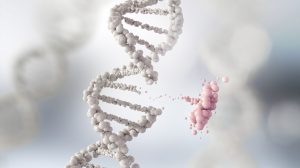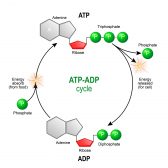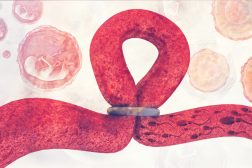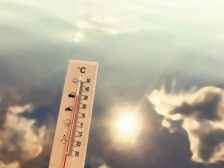Definition
noun
A biogeographic realm that covers Polynesia (except New Zealand), Micronesia, and the Fijian Islands
Supplement
Biogeographic realms are large spatial regions of the Earth’s land surface. Studying biogeographic realms leads to insight especially on biodiversity. It provides understanding on the extent of biodiversity and the factors that affect it. At present, there are about eight realms recognized by the World Wildlife Fund and they are divided according to their ecosystems sharing similar biological evolutionary history and distributional patterns of terrestrial organisms. The eight biogeographic realms are Nearctic realm, Palaearctic realm, Neotropical realm, Afrotropic realm, Indomalayan realm, Australasia realm, Oceanian realm, and Antarctic realm.
The Oceanian realm has an area of about 1.0 million square kilometres. It includes Polynesia (except New Zealand), Micronesia, and the Fijian Islands. It does not include continental land mass but the islands of the Pacific Ocean such as Micronesia, Fijian Islands, Hawaiian islands, and Polynesia, except for New Zealand that is part of Australasia realm. The Oceanian realm is regarded as one of the smallest realms in terms of land area and also the youngest realm. It includes the volcanic high islands and coral atolls.1
See also:
Reference(s):
1 Oceanian realm. Retrieved from ://en.wikipedia.org/wiki/Oceanian-realm.







